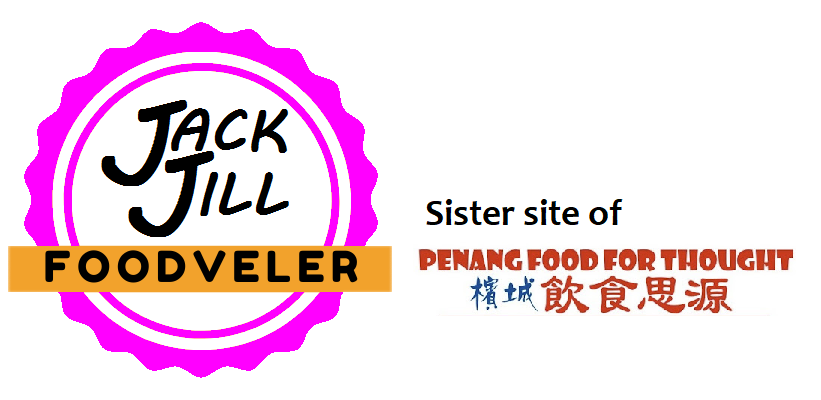A trip to Penang is never complete without tasting char koay teow (炒粿条), Penang’s signature dish of stir-fried flat rice noodles. Although this dish is now ubiquitous throughout Malaysia and Singapore (bearing the word “Penang” to imply authenticity), few stalls outside Penang can match the homeland version.
Once again, we took our visitors to my personal favorite: Ah Leng Char Koay Teow (亚龙炒粿条) at Khoon Hiang Cafe (群香茶室). Especially during weekdays, the opening hours can be uncertain. Today, the stall only starts around 10:00am.
Another important note is that Ah Leng the Grand Master seldom handles the wok nowadays; he has passed the baton to his younger daughter. Given the fact that she has been assisting her father for years, I believe she has inherited most if not all of his distinguished skills. Nevertheless, Ah Leng still plays a supporting and advisory role at the stall.
The first plate is the Regular Char Koay Teow (RM7.00). We opted for duck eggs for extra RM1.00. Over the years, we noticed that the price has increased steadily, while the portion has shrunk gradually. This does not mean that quality has been compromised. At least, not entirely.
The most commendable aspect of the dish is the large succulent prawns. The prawns used are extremely fresh. You can tell this because they are very crunchy and have the natural sweet sensation when chewed. If I were not too concerned with my cholesterol intake, I would be glad to enjoy such fresh prawns every day!
The cockles (蚶) are a bit of a disappointment. They are too small and therefore dried up after brief heating. I would really like to see Ah Leng using large cockles to give the dish an added dimension of taste.
Unlike some stalls, Ah Leng’s recipe does not include crispy pork lard (猪油渣) or Chinese sausage (腊肠). Instead, bean sprouts (豆芽) and Chinese chives (韭菜) are used.
Overall, the char koay teow dish is a bit “wet”, possibly due to the larger size of duck eggs. I don’t blame it because increasing the frying duration would have caused the flat noodles to be too dry. Nevertheless, the dish is still pretty nice, as our guests concur.
Since the first plate does not contain any mantis shrimps (虾蛄), we ordered another plate of Special Char Koay Teow (RM11.50). The ingredients are largely unchanged, but with 3 mantis shrimps and 2 additional large prawns. We also opted for the default chicken eggs. As expected, this plate of char koay teow is not as wet as the previous.
The large prawns remain a cherished delicacy. One thing more enjoyable than eating 2 fresh prawns is eating 4!
As for the mantis shrimps, we do appreciate that they are indeed special. And mantis shrimps are not cheap either. This is why I think Ah Leng does not cut corners on quality despite the rising cost. Our guests feel that mantis shrimps are nice by itself, but they do not go very well with char koay teow. I hypothesize that this is because the taste has been eclipsed by the succulent large prawns.
Overall, Ah Leng’s soft-spoken daughter proves to be a reasonably competent chef. Although I still prefer Ah Leng’s personal masterpiece, she manages to inherit her father’s “wok hei” (镬气) skills in frying char koay teow.



